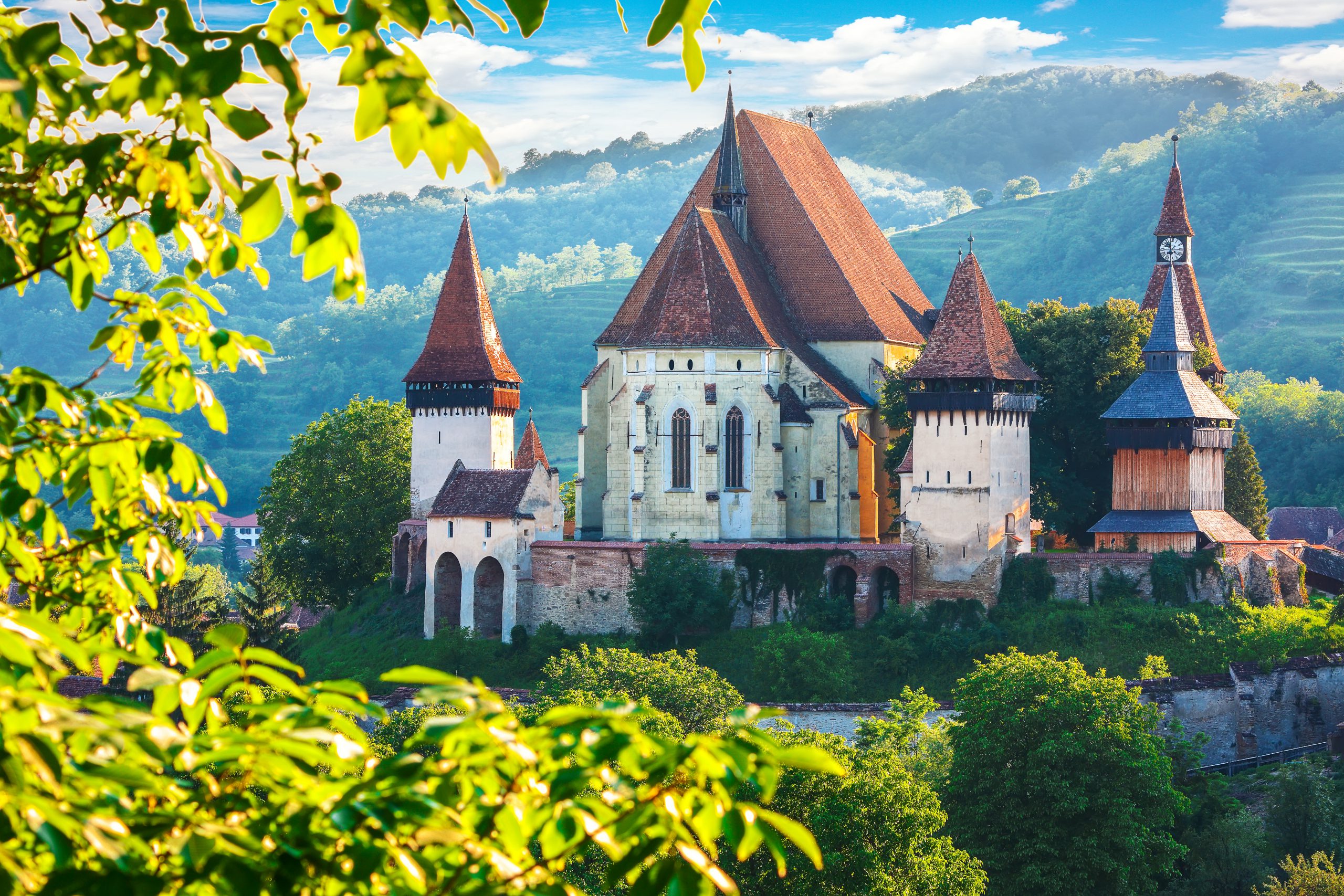
The new stealth-based experience “Lord of the Rings: Gollum” is not so precious. It takes a solid idea—filling in some back story for the ring-obsessed J.R.R. Tolkien creature that Andy Serkis turned into a motion-capture showcase in Peter Jackson’s films—and plods through that concept with frustrating design choices, flat gameplay, and nearly broken mechanics. In a sense, it’s an old-fashioned platformer wherein the player controls a character that has to climb and jump its way to freedom. But the literal act of playing “Gollum” can be infuriating as it either feels repetitive or nearly incomplete. This is a game full of potential, given the complex character at its center, but it’s too simple and silly to work.
Gollum was introduced by J.R.R. Tolkien in The Hobbit in 1937, but his role in this mythology really expanded in the sequel, The Lord of the Rings. In that novel, readers learn that the deranged Gollum was once known as Smeagol, having been forever transformed by his obsession with the One Ring, which transformed and deformed him. Gollum is a fascinating character in how he represents addiction and obsession. He wants equally to possess the Ring and to be free of its impact on him, much like an addict who both loves and hates his addictions. After he loses the Ring to Bilbo Baggins in The Hobbit, he is forced by his obsession to leave the Misty Mountains and pursue it. However, little was known between this decision and his appearance in The Lord of the Rings. That’s where this game comes in.

Daedalic Entertainment sets out to fill in the back story of Gollum across settings familiar to series fans, like Barad-dûr, Mirkwood, and, of course, Middle-Earth. However, the use of setting is the game’s fatal flaw. For the first half of the game, which is as far as I’ve played over several hours, for the record, Gollum is trapped underground in an Orc-run mine that looks like a run-of-the-mill game dungeon. Gollum is given almost no skills. You can run a little fast for a little while. You can kind of see paths in the environment (although it only works half the time) with a Smeagol Sense kind of skill with the L1 button. You can jump. And that’s about it.
The narrative of “Lord of the Rings: Gollum” consists of a series of direct missions wherein Gollum has to go to Point B, do something, and return to Point A. Find five levers to pull. Come back. Find tags that are clearly demarcated in simple environments. Come back. And it’s often even simpler than that. The number of times I went from cut scene to cut scene with no action in between is startling. Cut scene, walk down a hall and push one button, cut scene. That’s unacceptable in 2023.
The game’s only challenge seems to come from poor design, whether it’s Gollum hitting his head on something and missing a jump or the infuriating bars on which Gollum can swing but often falls for no reason. The number of dumb ways I died in “Lord of the Rings: Gollum” that truly felt like they were through no fault of my own was more than any game in a very long time. Seriously, I died or got caught more than some “Souls” games and would have given up long ago were it not for review—I still could only get about halfway through before finally throwing in the towel after about an hour of trying to get Gollum to hatch a bird correctly. It’s possible the game overcomes its flaws and expands into something rewarding after the point I threw my video game ring away, but “Gollum” shows few signs of doing so.

The few bright spots of “Gollum” appear when the game pushes back against its incredibly shallow design roots. For example, there are times wherein you have to choose whether or not to let Gollum or Smeagol make a decision, followed by a series of dialogue options wherein your choice has to “convince” the other side of the protagonist’s brain. So if you take the darker Gollum route, you must make dialogue choices with Smeagol to win the fight. However, I’m not convinced these conversations greatly impact the storytelling. They’re another aspect of “Gollum” that ultimately seems more interesting in concept than execution.
It feels like “Lord of the Rings” is on the cusp of a nostalgic resurgence. Yes, the Prime Video show has struggled to carve out a fan base, but this is still a robust franchise with a ton of potential on screen, on TV, and in video games. There have already been so many LOTR games—don’t miss 2014’s excellent “Shadow of Mordor” if you’re looking for the best—and there will surely be more to come. In the end, “Lord of the Rings: Gollum” will be a footnote in the legacy of this universe. Once again, Gollum fails to get the respect he deserves, relegated to the shadows of Tolkien mythology. Maybe he will finally escape his fate one day, but not today.
The publisher provided a review copy of this title.




